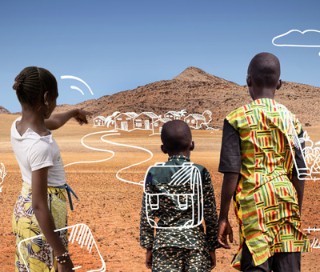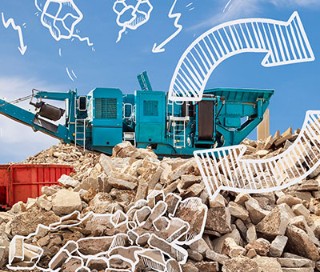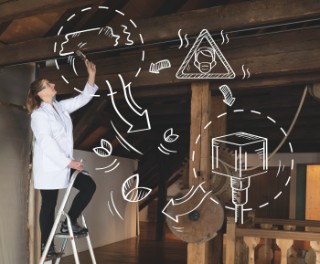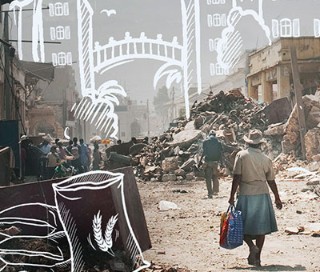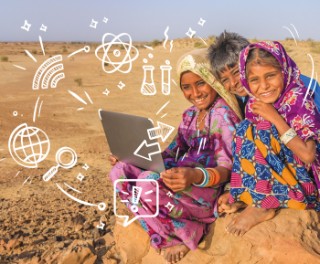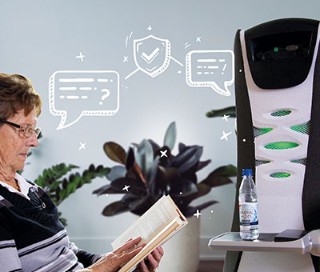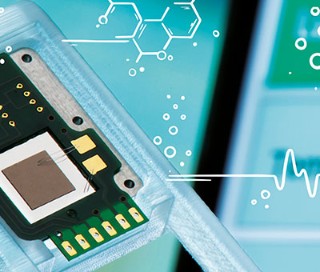Preserving the climate and environment, researching health and medicine, building resilience and infrastructure, supporting founders and entrepreneurs. Our projects contribute to an ecologically intact, socially equitable, and economically viable world and are distinguished by their close connection to real-world application. Since 2020, we have been guided by the United Nations Sustainable Development Goals (SDGs) and the research expertise of the Fraunhofer-Gesellschaft in selecting our projects.
Water-conserving crop cultivation and climate-friendly energy supply combined – the NexusHub project achieves this. This smart, practical combination of multiple robust technologies unlocks development prospects for less-developed regions in the Global South.
more info
